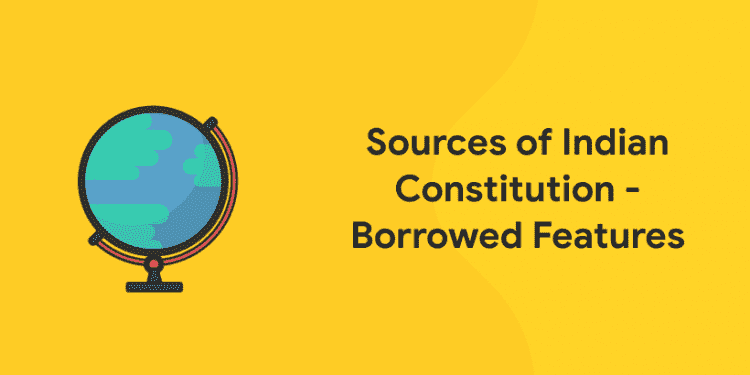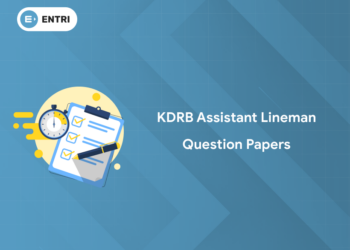The Indian Constitution is remarkable for many outstanding features which make it different from the other constitutions. The constitution adopted by the Constituent Assembly of India on 26 November 1949. It became effective on 26 January 1950. The constitution replaced the Government of India Act 1935 as the country’s fundamental governing document, and the Dominion of India became the Republic of India. The Indian constitution is the world’s longest for a sovereign nation. At its enactment, it had 395 articles with 22 parts and 8 schedules. It is the second-longest active constitution after the Constitution of Alabama in the world with about 145,000 words, i. The constitution has a preamble and 470 articles, which are grouped into 25 parts. With 12 schedules and five appendices, it has been amended 104 times. The latest amendment became effective on 14 January 2019. In this article let us check the sources of Indian Constitution and its borrowed features.
Subscribe Entri to attempt weekly practice quiz
Sources of Indian Constitution – Borrowed Features
Our constitution has taken few features from the Government of India Act, 1935. Those features are:
- Federal Scheme
- Office of governor
- Judiciary
- Public Service Commissions
- Emergency provisions
- Administrative details
Our constitution has borrowed few best provisions from different countries too. Listed below are the details.
| Countries | Borrowed Features |
| United Kingdom |
|
| United States |
|
| Ireland |
|
| Australia |
|
| France |
|
| Canada |
|
| Soviet Union |
|
| Japan |
|
| Germany |
|
| South Africa |
|
| Russia |
|
Timeline of formation of the Constitution of India
- 6 December 1946: Formation of the Constitution Assembly (in accordance with French practice).
- 9 December 1946: The first meeting was held in the constitution hall
- 11 December 1946: The Assembly appointed Rajendra Prasad as its president, C. Mukherjee as its vice-chairman and B. N. Rau as constitutional legal adviser.
- 13 December 1946: An ‘Objective Resolution’ was presented by Jawaharlal Nehru, laying down the underlying principles of the constitution. This later became the Preamble of the Constitution.
- 22 January 1947: Objective resolution unanimously adopted.
- 22 July 1947: National flag was adopted.
- 15 August 1947: Achieved independence. India split into the Dominion of India and the Dominion of Pakistan.
- 29 August 1947: Drafting Committee appointed with R. Ambedkar as its Chairman. The other 6 members of committee were Munshi, Muhammed Sadulla, Alladi Krishnaswamy Iyer, N. Gopalaswami Ayyangar, Khaitan and Mitter.
- 16 July 1948: Along with Harendra Coomar Mookerjee, T. Krishnamachari was also elected as second vice-president of Constituent Assembly.
- 26 November 1949: The Constitution of India was passed and adopted by the assembly.
- 24 January 1950: Last meeting of Constituent Assembly. The Constitution was signed and accepted with 395 Articles, 8 Schedules, 22 Parts
- 26 January 1950:The Constitution came into force. The process took 2 years, 11 months and 18 days – at a total expenditure of ₹6.4 million to finish.
How Entri will help you with the preparation for Competitive Examinations
- Entri Provides you an online platform to prepare for the exam
- You can download the app free of cost and join the class
- Entri provides video classes as well on various important topics by the excellent faculties
- Entri provides revision modules, monthly tests based on the classes
- Entri provides an excellent platform with full- length mock tests including previous year question papers
- It also gives you access to clarify your doubts
Check below links for topic on General Awareness
- List of rivers and tributaries in Kerala
- List of Indian banks and Headquarters
- World population day
- World Day for International Justice
Subscribe Entri to boost your preparation for competitive examination











